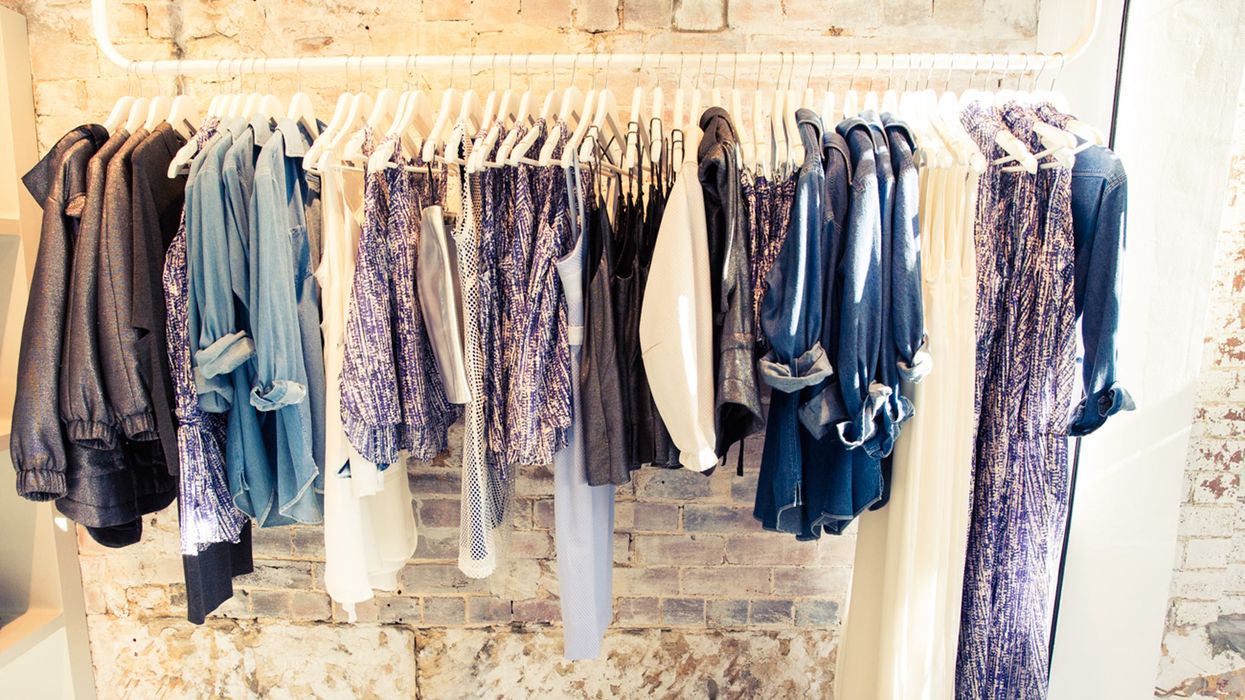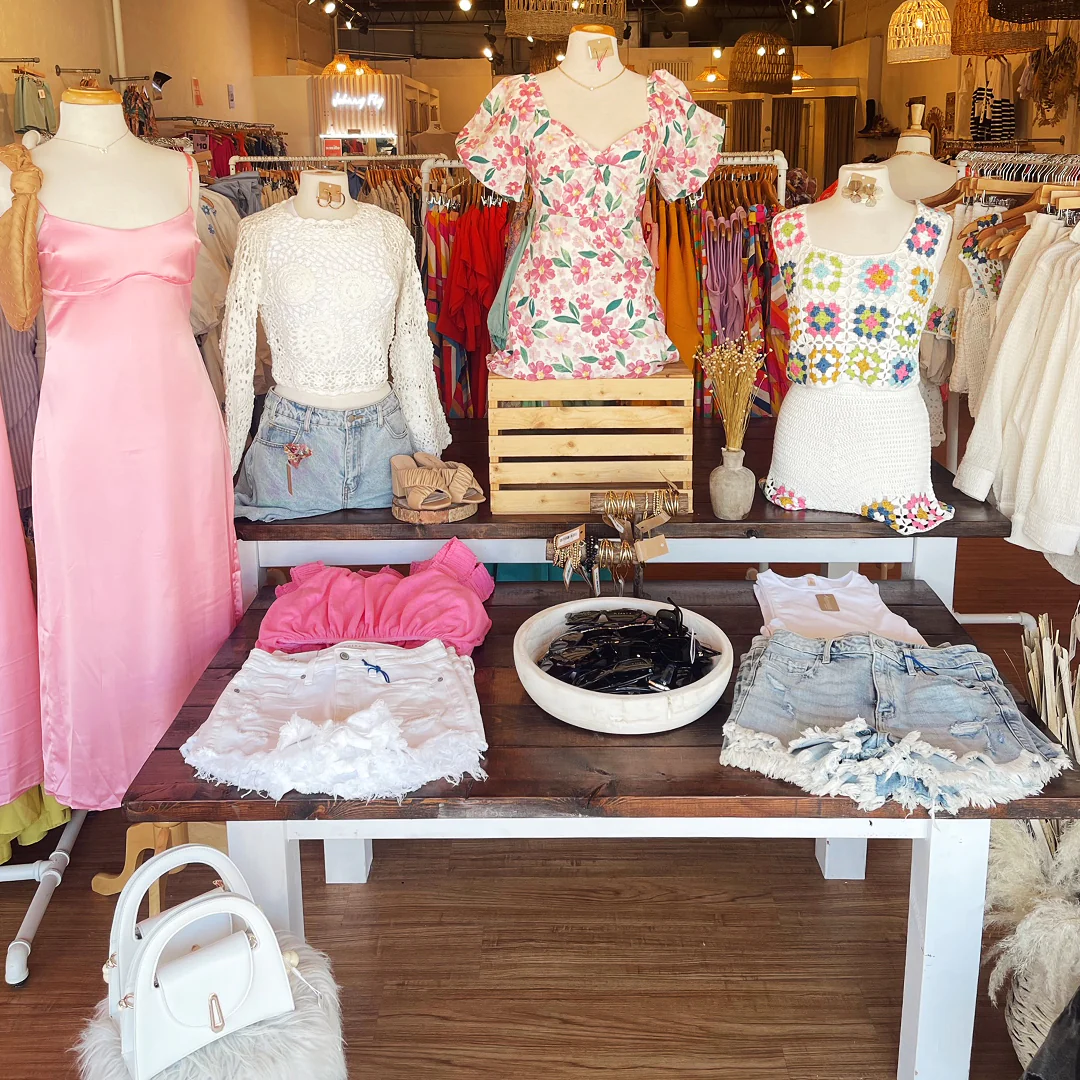A Newbie's Guide to Navigating the Boutique Fashion Scene
A Newbie's Guide to Navigating the Boutique Fashion Scene
Blog Article
A Deep Dive Into the World of High-Fashion Runways: Recognizing Garments as Art
Designers, a lot like skillful artists, weave complex stories via color, fabric, and kind, redefining and challenging traditional standards appeal standards. As we explore these sartorial spectacles, we must ponder: what duty does style play in shaping societal values, and just how does it reflect the ever-changing tapestry of human emotion and identification?
The Development of Runway Reveals
The trajectory of runway programs has transformed dramatically over the years, advancing from unique sector events to captivating spectacles that mix style with art. Typically, runway programs made love events, kept in ateliers or little locations, largely attended by buyers and industry insiders. These very early presentations concentrated on the garments' craftsmanship and commercial viability, using a straight and practical display of seasonal collections.
As the style industry broadened, the nature of path programs started to change. The 1970s and 1980s marked a turning point, with developers looking for to identify themselves via more staged discussions.
In recent times, innovation and social media sites have actually better transformed runway shows, making them available to a worldwide audience. Livestreaming and digital platforms have equalized style, permitting enthusiasts worldwide to witness these events in real-time (boutique fashion). This development shows a more comprehensive cultural shift, where high-fashion runways act as a vibrant intersection of technology, performance, and design
Designers as Visionary Artists
Designers in the high-fashion sector have obscured the lines between useful garment development and the conceptual world of art. By embracing imaginative disciplines such as sculpture, paint, and avant-garde installments, developers craft garments that challenge standard fashion standards and elevate them to art kinds.
Visionary developers draw ideas from a myriad of resources, including abstract art, historic references, and personal stories. They possess a distinct ability to visualize and appear concepts that push the boundaries of conventional style, frequently redefining visual paradigms at the same time. This imaginative ingenuity is showcased via significant shapes, ingenious products, and complex craftsmanship, which invite customers to experience style as greater than just wearable items.
Additionally, the path acts as a canvas for these musicians, where lighting, music, and set design coalesce to create immersive experiences. These presentations are not just screens of garments yet are coordinated efficiencies that stimulate feeling and prompt idea, attesting the designer's function as a true artist in the contemporary cultural landscape.
Social Influences in Style
Cultural tapestry weaves its detailed patterns right into the material of fashion, affecting developers around the world. The vibrant interchange of cultural stories, practices, and icons notifies and inspires collections that poise high-fashion paths.
The impact of society on fashion is typically seen in the reinterpretation of conventional garments and patterns. For instance, making use of Japanese kimonos, Indian saris, or African prints in modern style reflects a blend of social credibility and contemporary aesthetics. Developers such as Valentino's Pierpaolo Piccioli and Alexander McQueen's Sarah Burton have been recognized to integrate rich cultural motifs into their couture collections, converting background into wearable art.

Advancement in Textile and Layout
Advancement in fabric and design regularly improves the landscape of high-fashion, pressing limits and redefining possibilities. Designers are progressively exploring the assimilation of innovation, such as 3D printing, which enables for the production of complicated structures that were previously unbelievable.
The fashion sector is seeing a rise in the usage of eco-friendly materials, obtained from recycled plastics, natural fibers, and even eco-friendly parts. Designers are embracing these materials to craft garments that are both aesthetically striking and aware of their ecological footprint.
In terms of layout, progressive silhouettes and speculative kinds are constantly revolutionizing the runway. By integrating innovative strategies and unconventional materials, official statement designers cultivate garments that blur the line between style and art, establishing brand-new requirements for creative thinking and expression in the high-fashion round.
Impact of Fashion on Culture
Fashion wields a profound influence on society, serving as both a reflection of cultural identity and a stimulant for social adjustment. Via its evolution, fashion has mirrored societal shifts, encapsulating the zeitgeist of numerous eras. The flapper outfits of the 1920s personified a newly found sense of women's freedom, while the vibrant prints of the 1960s echoed the innovative spirit of the time. High-fashion runways, in particular, serve as platforms for challenging norms and redefining beauty criteria. Developers utilize these locations to deal with pressing social concerns, from sustainability to variety, therefore forming public discussion.
Additionally, fashion has the power to bridge social gaps, promoting understanding and gratitude amongst diverse teams. As globalisation speeds up, the cross-cultural exchange Clicking Here of fashion ideas ends up being significantly considerable, promoting inclusivity and variety. The rise of streetwear, stemming from urban subcultures, highlights exactly how style can transcend socio-economic boundaries, giving people a means of self-expression and empowerment.
In significance, fashion is not simply about visual appeals; it is a vibrant pressure that influences worths, perspectives, and societal progression (boutique fashion). By continuously engaging with social and social currents, fashion continues to be an integral component of the cumulative human experience

Conclusion
Designers, akin to visionary musicians, coordinate collections that reflect identity, emotion, and social stories, testing typical aesthetics. This intersection of fashion and virtuosity not just mesmerizes audiences worldwide but additionally influences societal perceptions and advertises a deeper gratitude for cultural variety.

Social tapestry weaves its complex patterns right into the fabric of fashion, affecting developers internationally.Style wields an extensive influence on culture, serving as read what he said both a representation of social identity and a driver for social change.
Report this page